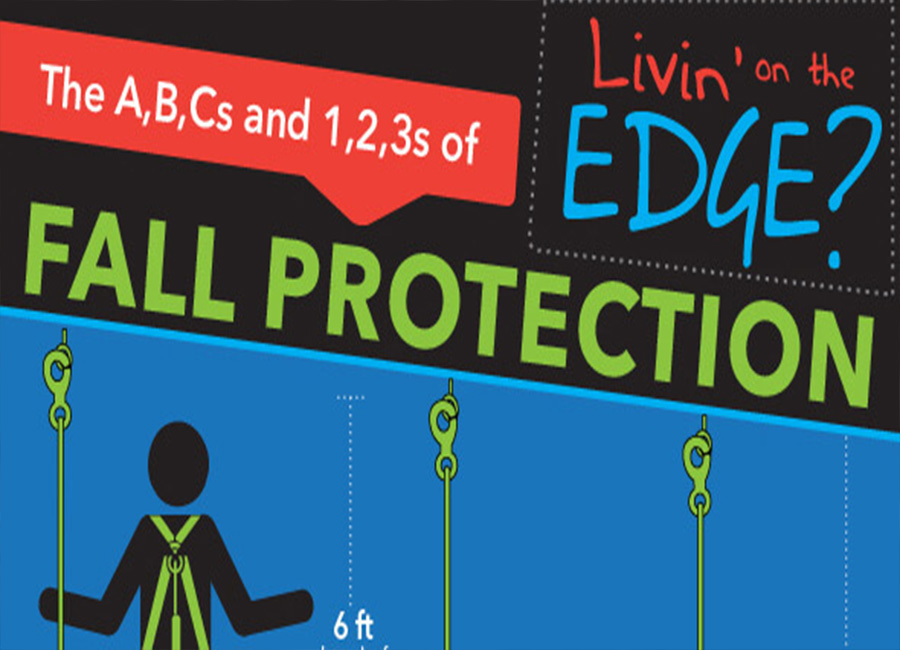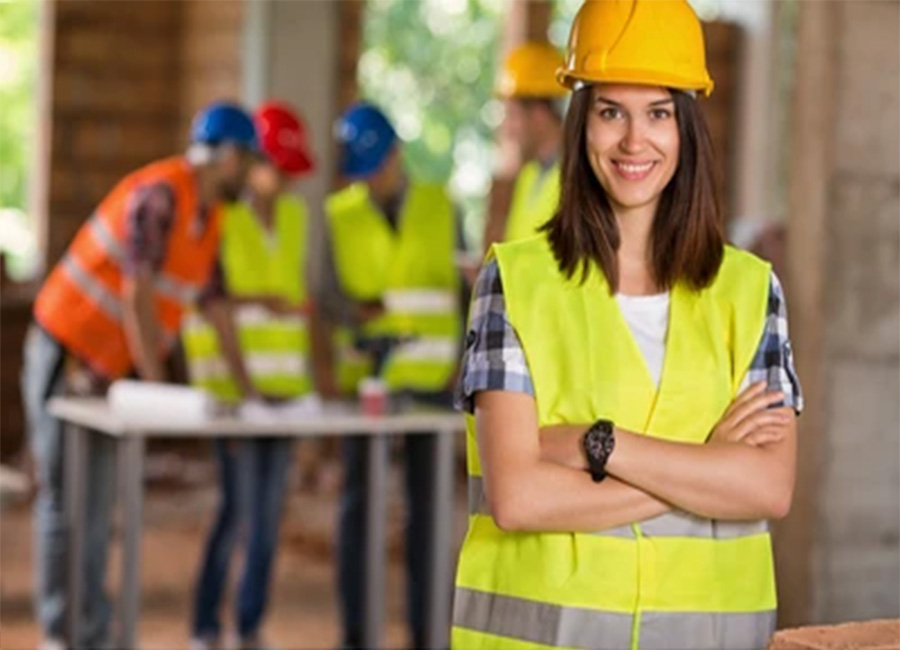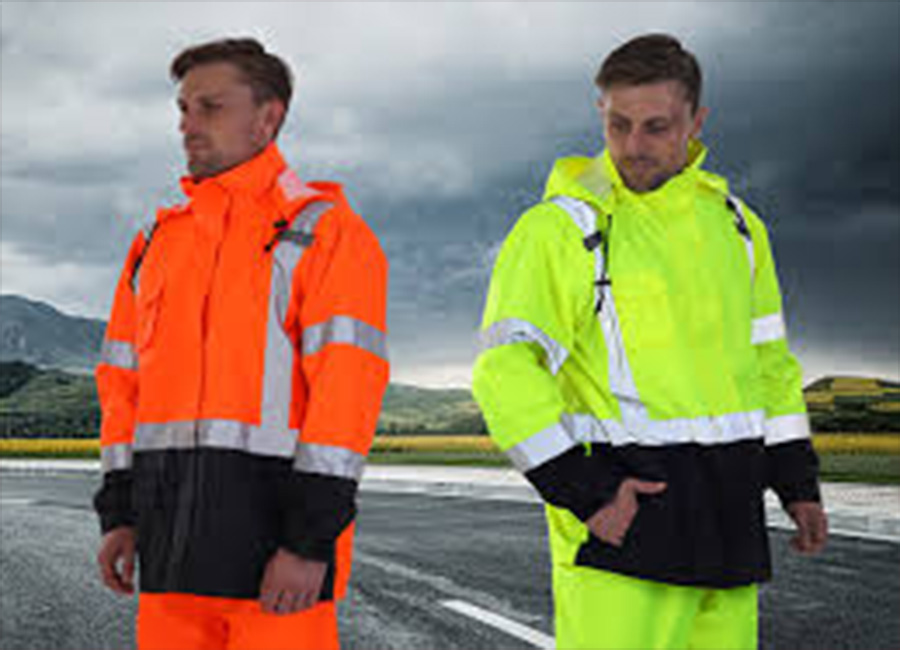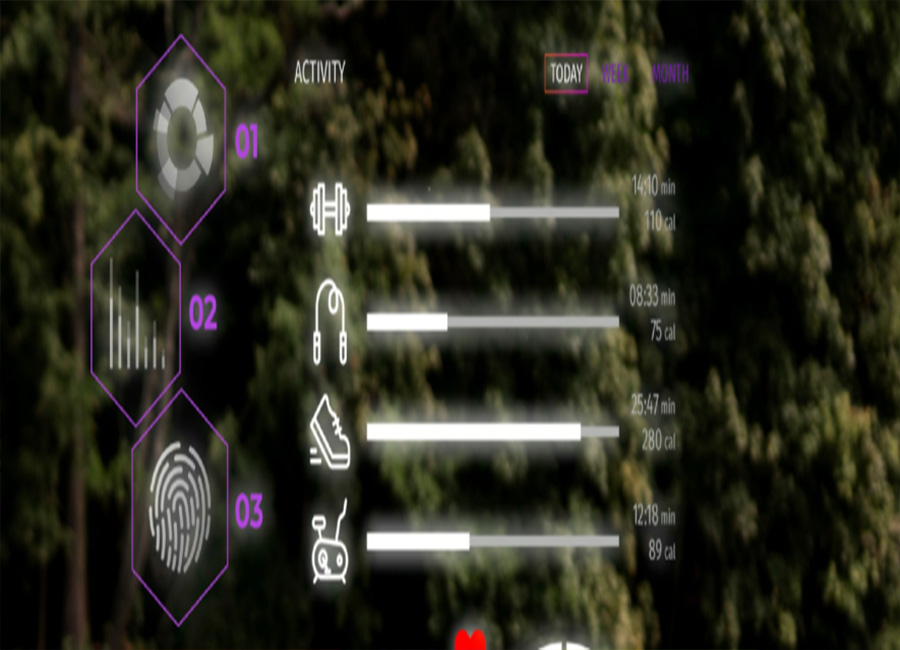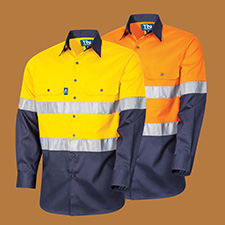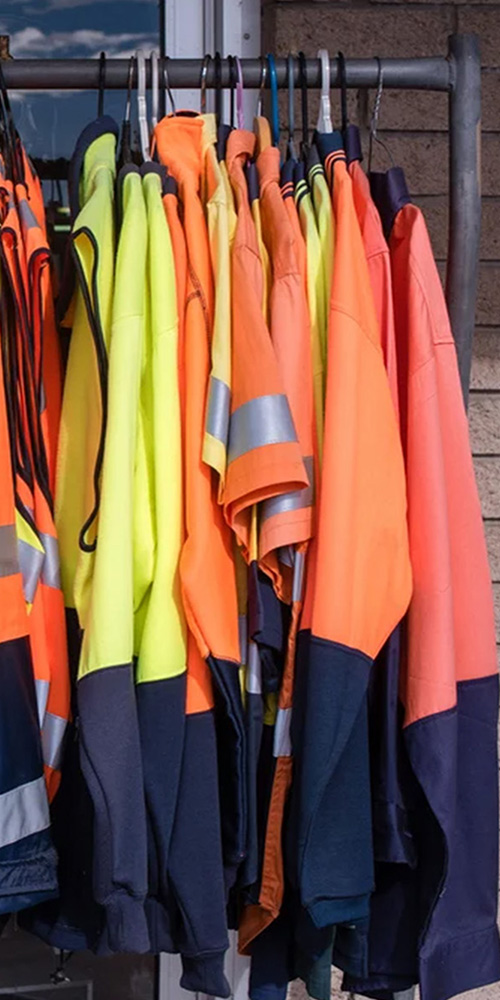Preventing Construction Falls
The peak of the construction business season is rapidly approaching. While we embrace and enjoy the many benefits of the construction season, it should also serve as a reminder to the many risks associated within the industry.
Even with all the information and safety devices available, falls are still the leading cause of injury and deaths in the construction industry, accounting for one third of the total deaths reported. Of the 774 total construction fatalities in 2010, 264 were the result of a fall, while more than 10,000 were seriously injured according to OSHA.
However, according to the experts, these deaths and injuries are 100% preventable.
“We cannot tolerate workers getting killed in residential construction when effective means are readily available to prevent those deaths” states Dr. David Michaels, assistant secretary of Labor for OSHA in a recent presentation.
Creating awareness and prevention of construction falls is a serious issue, that when identified appropriately can not only save lives, but help create safer work site for all. OSHA has teamed with the National Institute for Occupational Safety and Health (NIOSH), and National Occupation Research Agenda to form a nationwide campaign designed to prevent construction falls around three key areas of concern.
PLAN ahead to get the job done safely
When a specific task requires someone to work at a height above the “safe zone,” an employer’s duties should involve a stringent planning process to alleviate risks and ensure employee safety. This process will determine how the job will be completed, what tasks will be involved, and what safety equipment may be needed to complete each task.
The planning process also includes the costs of adding the appropriate safety measures into the total costs of the job. Including, safety equipment needed to perform the job and the extra time and preparation costs to include the safety measures.
PROVIDE the right equipment
The “safe zone” is anything below six feet. Anything above this however, will require the employer to provide the proper fall protection and equipment to complete the job. This can include the right kinds of ladders, scaffolds, and safety gear.
Each job is different and will require specific equipment in order to be completed in a safe manner. Ensure that you have the right size ladder for your task, if you’re using personal fall arrest systems (PFAS), make sure each worker has their own harness and anchor to tie off to. Another, important reminder when providing the right equipment is to inspect the equipment for damage and function. If you’re using PFAS, make sure the harness’ fit and are still functional, make sure your ladders are still working properly before the job, it is important to check and test all your equipment regularly to give your team the best chance for success.
TRAIN everyone to use the equipment safely
It’s one thing to provide the proper fall protection and equipment, but in order to give your team the best chance to prevent falls, each employee will need specific training. Before using the specific equipment they will be using to complete their job, employees need to understand proper set-up and safe use of the equipment they intend to use. It is mandatory that employers provide the necessary training for workers in hazard recognition, and the care and safe use of ladders, scaffolds, and fall protection systems before they use them.
Stay ahead
OSHA provides educational materials and resources for workers and employers aimed at preventing falls. Simple things like these can make a big difference in promoting safe practices, awareness, and help eliminate falls, when made available.
Part of the NIOSH campaign, includes funding a website that provides information regarding safety and health hazards associated with working from heights. The goal of the site is to prevent fatal falls in construction zones and provide the tools necessary to do so effectively. The site is free for users.
Aside from the monetary value, your companies true value is in its people. Their safety and well-being can be the difference in many small businesses, especially in construction. A fatality or injury goes beyond just the initial incident, it effects the community, families involved, and possibly the future of the company depending on the case.
Preventing construction falls is at the head of many agencies agendas. New regulations are being passed and old regulations are being constantly re-evaluated. For instance, guardrails, safety nets, or personal fall arrest systems must now be used on residential job sites, in most instances.
Due to the combined effort of the biggest names in workplace safety, it’s now an overwhelming consensus that preventing construction falls from ladders, scaffolds, and roofs can be prevented and lives should be saved through the three simple steps outlined earlier: PLAN, PROVIDE, and TRAIN.


